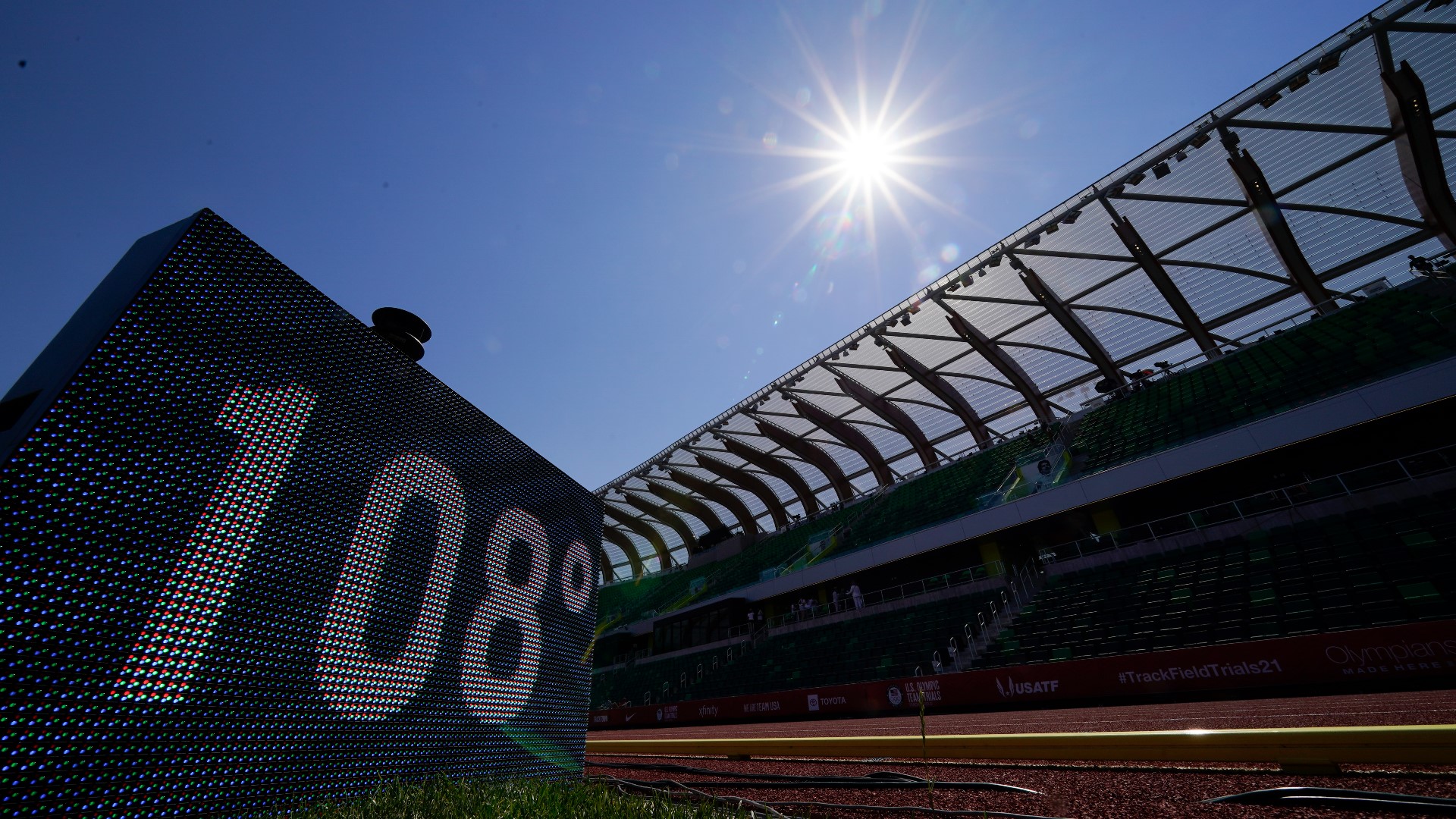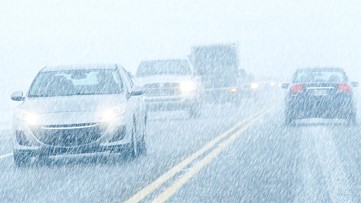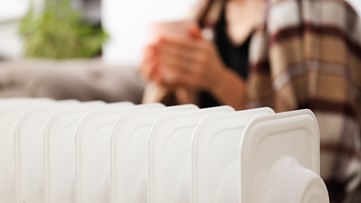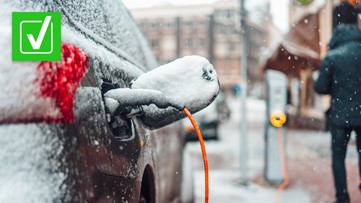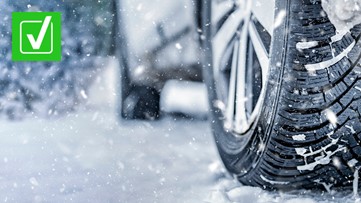A heat wave brought temperatures in the Pacific Northwest to a level never seen before in recorded history. On June 28, it was 116 degrees in Portland, 109 degrees in Spokane and 108 degrees in Seattle, which were all-time records for each city.
As part of this week’s “VERIFY Weekly” feature, the VERIFY team looked into what led to the unprecedented heat wave, the dangers of extreme heat, and a life hack that can help you stay cool and save money this summer. You can watch the full video on our YouTube page here.
THE QUESTION
Was the heat wave in the Pacific Northwest caused by a “heat dome”?
THE SOURCES
THE ANSWER
Yes, a weather event known as a heat dome led to the historic heat wave in the Pacific Northwest.
WHAT WE FOUND
Temperatures in the 100s are dangerous anywhere, but it’s particularly damaging in a part of the country, like the Pacific Northwest, that’s not used to that kind of heat.
According to the National Weather Service, temperatures were more than 30 degrees higher than average throughout Washington and north-central Oregon.
So, what is a heat dome? The National Oceanic and Atmospheric Administration (NOAA) says it happens “when the atmosphere traps hot ocean air like a lid or cap.”
Sacramento meteorologist Rob Carlmark said high pressure in the atmosphere creates a bubble of hot air.
“So, you can imagine all this air above us while it's sinking down, as it sinks down it compresses, think of a bicycle pump, all that air through a tiny little nozzle that is compression,” Carlmark explained. “It's the same thing with high pressure. It compresses down to the ground -- unfortunately, we’re the end of the line.”
How often does this happen? Carlmark said what occurred in the Pacific Northwest was roughly a one-in-1,000-year occurrence.
“The thing that worries me the most about this heat wave is that we could see it again and it could be hotter,” he said.
THE QUESTION
Is heat the leading weather-related killer in the U.S.?
THE SOURCES
THE ANSWER
Yes, historically, heat has led to the most weather-related deaths in the U.S.
WHAT WE FOUND
The CDC tracks heat-related deaths in the United States and says around 618 people are killed by extreme heat annually. The historic heat in the Pacific Northwest led to deaths this June as well. Multnomah County, where Portland is located, has reported 51 deaths related to excessive heat since June 25.
The CDC says floods are the second-deadliest weather-related hazard in the U.S., accounting for about 98 deaths per year. Most of those deaths are due to drowning.
The National Weather Service (NWS) also tracks weather-related fatalities, although the agency notes the CDC is the official government source for weather-related causes of death. According to NWS data, heat has been the leading cause of death among weather-related fatalities over the past 30 years.
The CDC expects more extreme heat events in the coming years due to climate change.
“Extreme heat events in the United States are already occurring and expected to become more common, more severe, and longer-lasting as our climate changes,” the agency says.
People should be aware of warning signs of heat stroke and heat exhaustion, such as a high body temperature, dizziness, and nausea.
To stay cool, people should drink cold beverages, rest, take a cold shower or bath, seek a place with air conditioning, and wear lightweight clothing, the CDC advises.
THE QUESTION
Does spinning a ceiling fan in a counterclockwise direction create a cooling effect?
THE SOURCES
THE ANSWER
Yes, spinning a ceiling in a counterclockwise direction creates a cooling effect.
WHAT WE FOUND
The U.S. Department of Energy (DOE) says circulating fans, including ceiling fans, create a wind-chill effect that helps people feel cooler, even though the fans don’t lower the temperature of the room.
But for optimal effectiveness, people need to spin their ceiling fan in a certain direction depending on the time of year, according to Home Depot.
“A ceiling fan should rotate counterclockwise in the summer, so the blades push cooler air down in a column,” Home Depot says on its website. “This is the best ceiling fan direction for air conditioning since it makes the air feel cooler than it is.”
However, in the winter, the fan should spin clockwise and run at the lowest speed.
“This pulls cool air up toward the ceiling, which in turn displaces the warm air that rises and collects near the ceiling,” according to Home Depot.
Not only does spinning ceiling fans in the correct direction provide a greater level of comfort, but it can also help save money.
“If you use air conditioning, a ceiling fan will allow you to raise the thermostat setting about 4˚F with no reduction in comfort,” the DOE says. “In temperate climates, or during moderately hot weather, ceiling fans may allow you to avoid using your air conditioner altogether.”
VERIFY
Our journalists work to separate fact from fiction so that you can understand what is true and false online. Please consider subscribing to our daily newsletter, text alerts and our YouTube channel. You can also follow us on Snapchat, Twitter, Instagram or Facebook.
